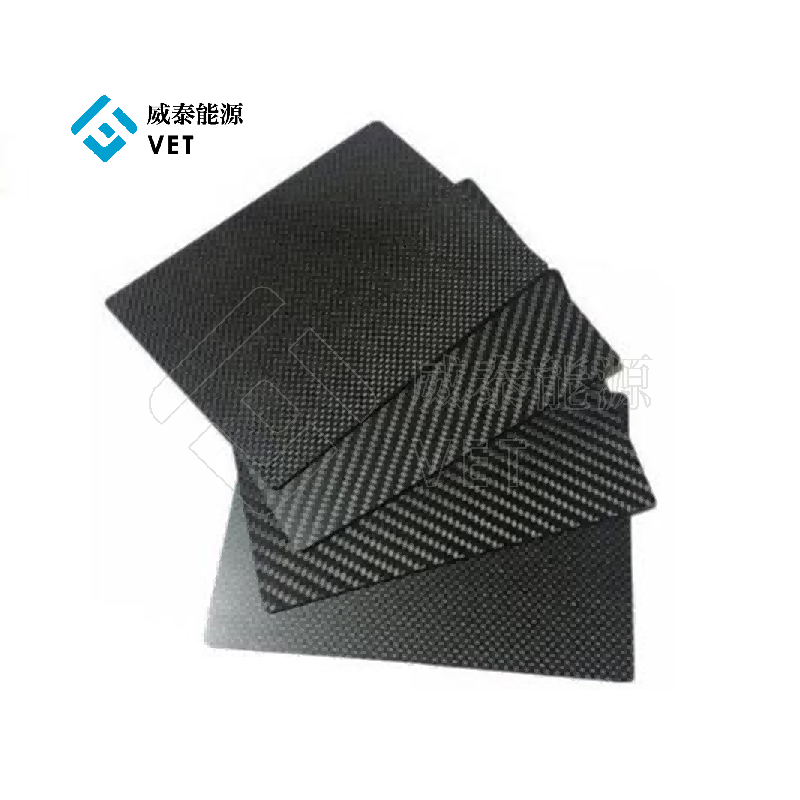Carbon/carbon composite (C/C composite) is a fully carbonaceous composite material composed of carbon fiber reinforcement and a carbon matrix. Its defining characteristic lies in its entirely carbon-based composition, where the carbon fiber network serves as the structural framework, while the carbon matrix formed by pyrolytic carbon or resin carbonization acts as the filler, achieving a robust and tough bond at the microscopic level.
The earliest known record of this material dates back to its accidental discovery in a U.S. laboratory in 1958. Its manufacturing process has evolved through technological advancements such as chemical vapor deposition (CVD) and liquid phase impregnation, establishing it as a critical branch of modern high-temperature materials. Fundamentally, carbon/carbon composites achieve a unique structure combining lightweight properties with high strength by aligning carbon fibers and densifying the carbon matrix, offering innovative solutions for extreme environments.
Carbon/carbon composites demonstrate groundbreaking physical properties across multiple dimensions, making them irreplaceable in extreme environments. Firstly, their density ranges from 1.5 to 2.0 g/cm³, less than one-quarter that of nickel-based superalloys, yet they achieve significant improvements in specific strength and stiffness.
Remarkably, their thermal performance is equally exceptional: they retain structural integrity above 1,650°C, with a theoretical upper limit of 2,600-3,500°C, making them the only high-temperature structural material capable of functioning at temperatures exceeding 3,000°C.
Thermally, the material exhibits a low coefficient of thermal expansion (<1×10⁻⁶/°C) and outstanding thermal shock resistance, minimizing cracking under rapid heating or cooling cycles. Mechanically, its flexural strength increases with temperature, surpassing room-temperature performance at 2,000°C.
Additionally, it boasts high thermal conductivity (200 W/m·K along fiber direction), superior tribological properties (friction coefficient of 0.2-0.4), and exceptional dimensional stability. This unique combination of properties ensures stable performance under harsh conditions, including extreme heat, high loads, and strong corrosion, laying the foundation for breakthrough applications in aerospace, renewable energy, and other cutting-edge fields.
Due to their unique properties, carbon/carbon composites have found wide applications across multiple industries.
Aerospace
In the aerospace sector, carbon/carbon composites are the material of choice for high-temperature components. For instance, rocket nozzles, turbine blades in aircraft engines, and thermal protection systems for re-entry vehicles all utilize these materials. Their exceptional high-temperature resistance and lightweight characteristics make them ideal for spacecraft and aircraft.
Automotive Industry
With increasing demands for fuel efficiency and environmental protection in automobiles, carbon/carbon composites have entered the automotive industry, particularly in racing. Their high strength and lightweight properties effectively reduce vehicle weight, enhancing acceleration and handling. Carbon/carbon brake discs are also widely adopted in high-end supercars and racing vehicles.
Metallurgical Industry
In metallurgy, carbon/carbon composites are primarily used in high-temperature furnace equipment and smelting systems. Their outstanding heat and corrosion resistance enable stable operation in extreme environments, ensuring smooth smelting processes.
Electronics & Energy
The electrical conductivity of carbon/carbon composites lends them applications in electronics. For example, in certain high-power electronic components, these materials facilitate efficient heat dissipation, thereby improving operational stability and lifespan.
Additionally, its applications continue to expand in scenarios such as semiconductor wafer manufacturing thermal fields, nuclear reactor neutron moderators, and medical artificial bone implants. It is projected that the global market size will exceed 17 billion yuan by 2025.
Post time: Sep-30-2025

